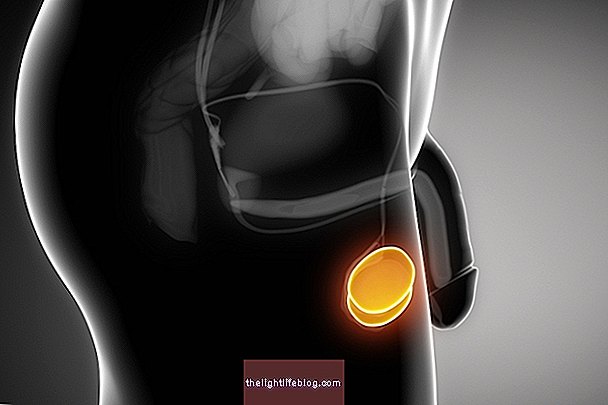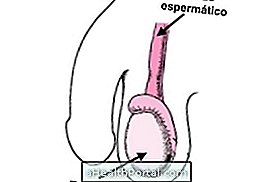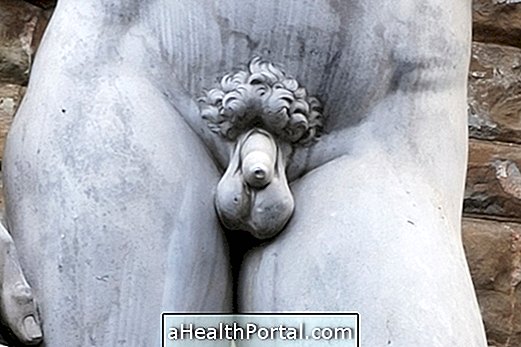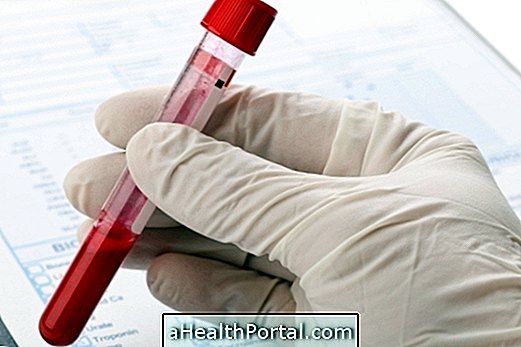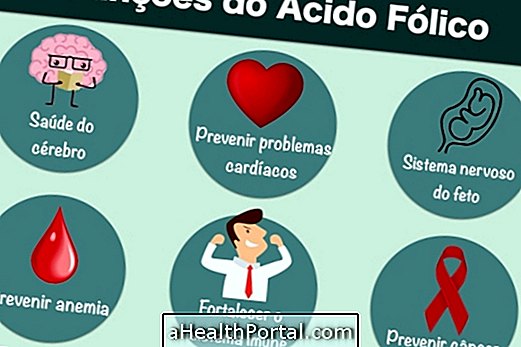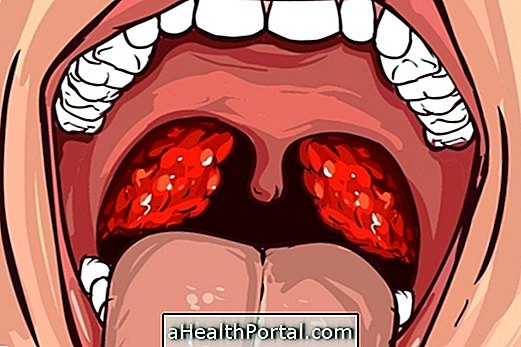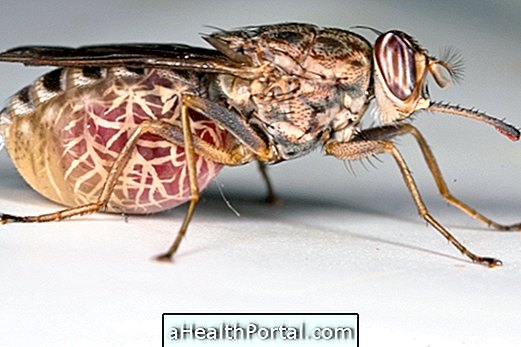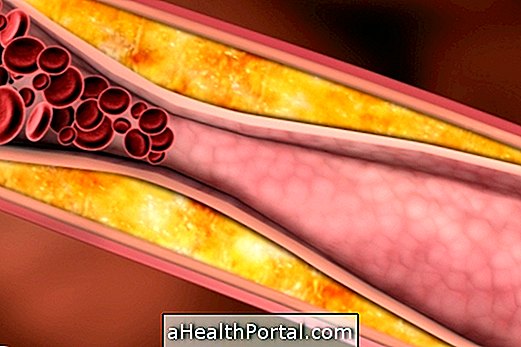Pain in the penis is uncommon, but when it does appear, it is usually not a sign of alarm, as it is more common after a bump in the region or after an intense intimate relationship, with a lasting erection, for example, disappearing over time and without needing treatment.
However, when there is no apparent cause for the onset of pain, it can also be a sign of some problem, which needs to be treated, such as inflammation of the prostate or some sexually transmitted disease.
So, whenever the pain lasts more than 3 days, it is important to go to the urologist, to identify the correct cause and initiate appropriate treatment, if necessary.

1. Allergy in the penis
Several men are sensitive to some types of tissue or intimate hygiene products, so if you are wearing a plastic underwear or if you are applying some product in the intima, a small inflammation of the penis may develop.
Although most of the time, this inflammation only causes a slight discomfort and the itching sensation, in some men, can cause pain, especially when it moves in the region.
- What to do : The ideal is to always wear briefs from natural materials such as cotton, avoiding synthetic fabrics such as lycra or polyester. In addition, you should also avoid putting any type of product in the intimate region, which is not proper. If there is too much discomfort, you should go to the urologist, as there are creams that can relieve irritation.
2. Candidiasis
Candidiasis arises due to the overgrowth of the fungus Candida albicans, which causes intense inflammation of the penis, especially in the glans region. In these cases, the most frequent symptom is a constant itching sensation, but pain, swelling and redness may also occur. Check how to confirm if it is a case of candidiasis.
Although candidiasis is more common in women, it can also occur in men, especially if you have diabetes, poor intimate hygiene or if there is a weakening of the immune system.
- What to do : It is usually necessary to use an antifungal ointment such as Clotrimazole or Nystatin for about 1 week. Therefore, it is important to consult the urologist to know the best ointment for each case.
3. Urinary tract infection
The most common symptom of urinary tract infection is burning or pain when urinating, however, it is also possible for the man to feel a slight discomfort during the day. In these cases, the pain may radiate through the groin or also arise in the back.
Other frequent symptoms include an urge to urinate, strong-smelling urine and a low-grade fever, for example.
- What to do : It is important to see a urologist as soon as a urinary tract infection is suspected, as the infection can develop and reach the kidneys. In addition, your doctor also needs to prescribe antibiotics to eliminate the bacteria that may be causing the infection. See other symptoms of urinary tract infection and how to treat it.

4. Inflammation of the prostate
Inflammation of the prostate, also known as prostatitis, can happen when an infection occurs in this gland, and usually the most common symptoms include the onset of pain that can stay in the genital region or spread to other sites such as the anus, for example . However, the most characteristic symptom is the pain that arises after urinating or ejaculating.
- What to do : Whenever there is suspicion of inflammation of the prostate, it is very important to consult the urologist to identify the cause and initiate the most appropriate treatment, which may involve the use of antibiotics and analgesics. See other symptoms that indicate an inflammation of the prostate and how the treatment is done.
5. Sexually transmitted diseases
Different sexually transmitted diseases such as syphilis, gonorrhea or chlamydia can cause pain in the penis, especially due to inflammation of the tissues. However, other signs such as pus coming out of the penis, redness, swelling of the glans and discomfort during the day are also common.
STDs are acquired through intimate contact without a condom, so the best way to avoid contamination with these diseases, and consequently the pain in the penis, is to use the condom, especially if you have different partners or partners.
- What to do : Each case should be evaluated individually to identify the correct illness and initiate the best treatment. That way it's important to go to the urologist. Check out a summary of the main STDs and their treatment.
When to go to the doctor
The best option is always to go to the urologist when penis pain arises, especially if there is no apparent cause. However, it is advised to go to the doctor as soon as possible if symptoms such as:
- Bleeding;
- Exit of pus through the penis;
- Fever;
- Very intense itching;
- Swelling of the penis.
Also, if the pain takes more than 3 days or if it gets worse over time it is also important to consult the doctor to start the most appropriate treatment, even if it is only to relieve discomfort with painkiller remedies, for example.
